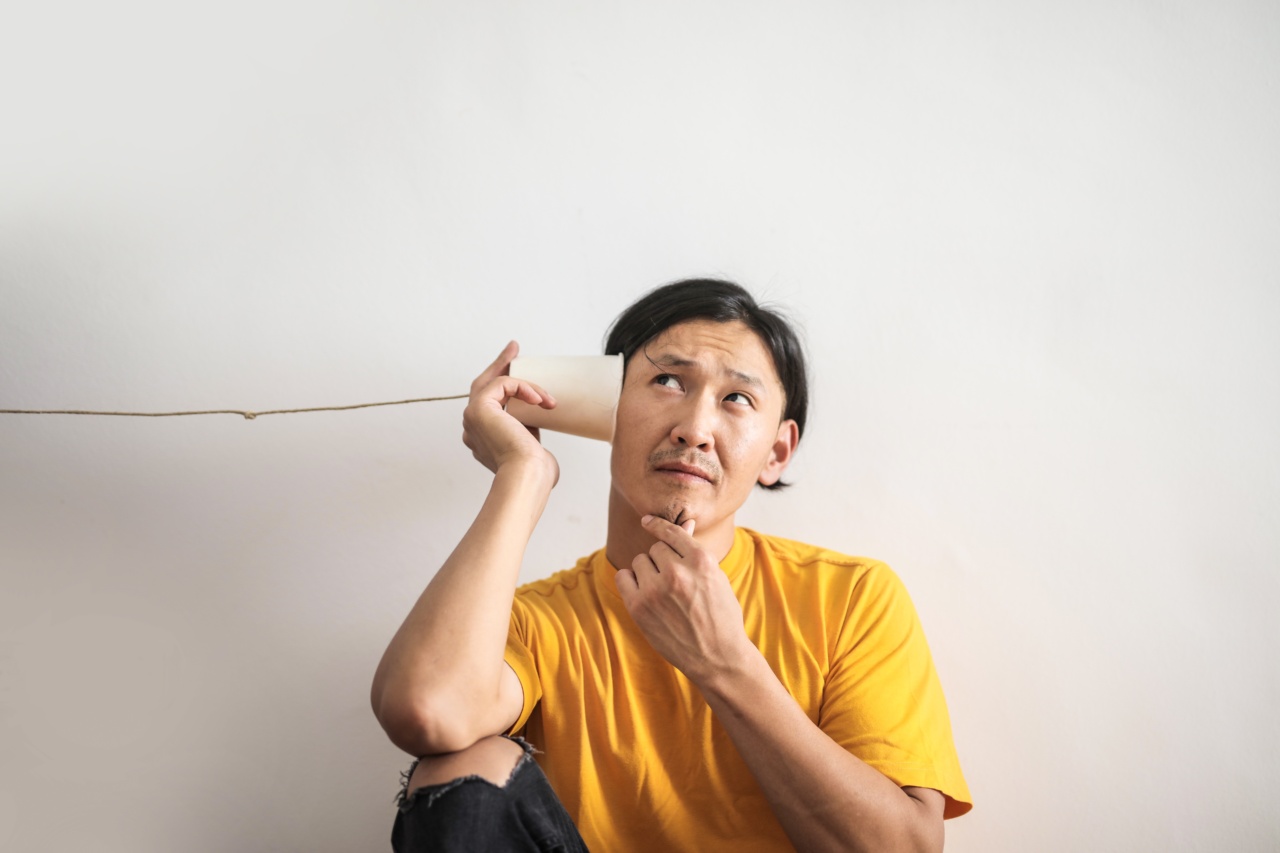Incontinence is a condition that affects millions of people around the world. It can be incredibly debilitating, leading to embarrassment, social isolation, and a loss of independence. However, there is hope.
In recent years, advancements in technology and medical research have led to new treatments and interventions that go beyond the traditional dependence on absorbent pads and diapers. In this article, we will explore the latest developments in addressing incontinence and how individuals can regain control of their lives.
Understanding Incontinence
Incontinence is a broad term that refers to involuntary loss of urine or feces. It can manifest in different forms such as stress incontinence, urge incontinence, or mixed incontinence.
Stress incontinence occurs when physical activities, such as coughing, sneezing, or exercising, put pressure on the bladder and cause leakage. Urge incontinence, on the other hand, is characterized by a sudden, intense need to urinate, often resulting in leakage. Mixed incontinence combines aspects of both stress and urge incontinence.
Common Causes of Incontinence
Incontinence can occur due to a variety of reasons, including:.
- Weak pelvic floor muscles
- Damage to nerves controlling the bladder
- Hormonal changes
- Prostate problems (in men)
- Childbirth
- Menopause
- Age-related muscle weakness
While incontinence is more prevalent in older individuals, it can affect people of all ages and genders. It is important to consult with a healthcare professional to determine the underlying cause and appropriate treatment plan.
Traditional Approaches to Incontinence Management
Historically, incontinence management has relied heavily on the use of absorbent products such as pads, adult diapers, or reusable briefs.
While these solutions provide temporary relief and protection against accidents, they do not address the root cause of incontinence and can lead to discomfort and skin irritation.
Moreover, the constant need for these products can create a sense of dependence and limit one’s freedom to engage in everyday activities without fear of leakage or embarrassment.
Fortunately, advancements in medical technology have opened up new possibilities for individuals struggling with incontinence.
Medical Interventions for Incontinence
Gone are the days when incontinence was viewed as an irreversible consequence of aging or certain medical conditions. The last decade has witnessed significant breakthroughs in medical interventions for incontinence.
1. Pelvic Floor Muscle Exercises
One of the most effective and widely recommended interventions for incontinence is pelvic floor muscle exercises, also known as Kegel exercises.
These exercises involve contracting and relaxing the muscles that support the bladder and other pelvic organs. By strengthening these muscles, individuals can improve bladder control and reduce leakage.
2. Lifestyle Modifications
Simple lifestyle changes can also have a profound impact on managing incontinence. This includes avoiding bladder irritants such as caffeine, alcohol, and spicy foods, maintaining a healthy weight, and quitting smoking.
Additionally, individuals can develop a habit of timed voiding, where they empty their bladder regularly, even if they don’t feel the urge to urinate.
3. Medications
In some cases, healthcare professionals may prescribe medications to treat specific types of incontinence. These medications aim to relax the bladder muscles, increase bladder capacity, or decrease urinary frequency.
It is essential to consult with a healthcare professional before starting any medication, as they can have potential side effects.
4. Nerve Stimulation
Nerve stimulation techniques, such as sacral nerve stimulation and percutaneous tibial nerve stimulation, have shown promising results in treating incontinence.
These approaches involve targeting the nerves that control bladder function and using electrical impulses to modulate their activity. This helps regulate the timing and intensity of bladder contractions.
5. Minimally Invasive Procedures
For individuals who do not respond well to conservative treatments, minimally invasive procedures may be considered.
Options include urethral bulking agents, botox injections into the bladder muscles, or the placement of a sling or tape to support the urethra and prevent leakage. These procedures are typically performed on an outpatient basis and offer long-term relief.
6. Surgical Interventions
In more severe cases of incontinence, surgical interventions may be necessary.
These procedures aim to strengthen the muscles and tissues surrounding the bladder or urethra, reduce bladder obstruction, or create an artificial sphincter to regulate urine flow. Surgical interventions are typically reserved for individuals with significant symptoms or those who have not found relief through other methods.
The Importance of Seeking Professional Help
If you or a loved one is dealing with incontinence, it is crucial to seek professional help for a comprehensive evaluation and personalized treatment plan.
Healthcare professionals specializing in urology or gynecology can conduct diagnostic tests, assess the severity of incontinence, and recommend appropriate interventions.
Overcoming the Social Stigma
Incontinence can deeply impact an individual’s emotional well-being. The fear of leakage and associated embarrassment often leads to social withdrawal, limiting one’s participation in activities and affecting relationships.
It is important to recognize that incontinence is a common condition, and seeking professional help is the first step toward regaining control and improving quality of life.
Support groups and online communities dedicated to incontinence can also provide a safe space for individuals to share experiences, seek advice, and find understanding among peers facing similar challenges.
Looking Ahead: The Future of Incontinence Management
The future of incontinence management looks promising. Ongoing research and innovation continue to drive advancements in the field.
From novel medications and advanced surgical techniques to emerging technologies such as neurostimulation and regenerative medicine, the possibilities for improved treatments are expanding.
It is essential to stay informed about new developments and actively engage in conversations with healthcare professionals to ensure individuals have access to the latest interventions that can significantly impact their quality of life.
Conclusion
Living with incontinence is no longer synonymous with dependence and limitations.
With the recent advancements in medical interventions and an increased understanding of the causes and management of incontinence, individuals can now take control of their lives and regain their independence. Remember, seeking professional help, staying informed, and embracing the available treatment options are the first steps toward a life beyond dependence and towards a future free of incontinence.




























